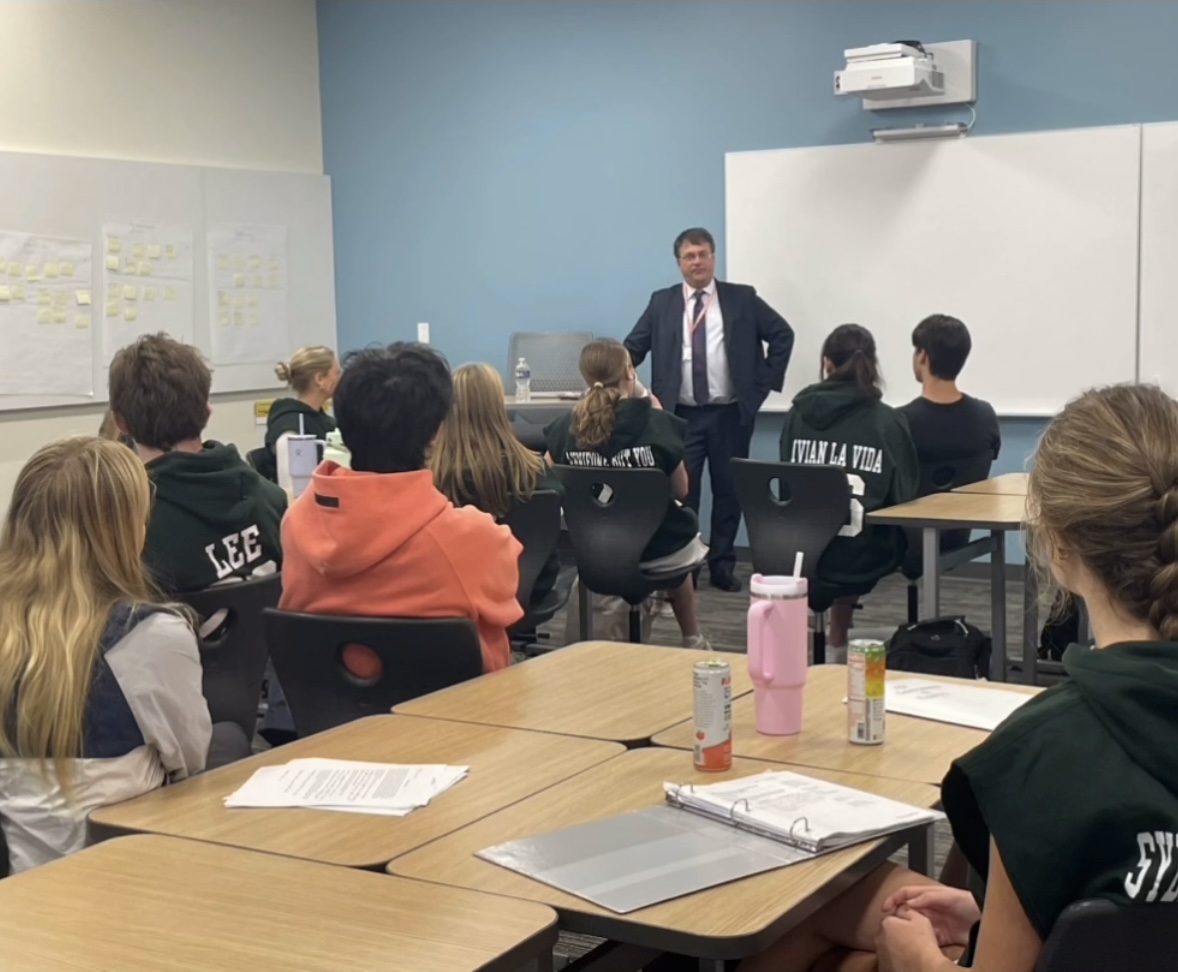Injuries continue to plague athletes
Injuries may end an athlete’s season be-fore it’s even begun.
March 4, 2016
In order to play sports, some kids pay a price with a significant injury.
These injuries happen across all interscholastic sports, mostly due to overuse. Specifically, the sports with the most injured athletes are those with the most participants.
“Overall, there really aren’t that many kids, percentage-wise, who get injured. It’s just that some sports have such large populations, it feels like they have a lot of injuries,” said the Head Athletic Trainer, Dale Grooms.
Grooms said that cross country and track, the latter having more than 200 athletes this year, usually produce the highest number of injured athletes.
He added that most sports-related injuries at New Trier stem from overuse and poor mechanics, meaning poor form or technique.
Senior long-distance track runner Juliet Gunther knows what it’s like to have injuries from overuse. She has had peroneal tendonitis, an inflammation in the tendons of the foot, on and off throughout her high school career.
Gunther explained that this overuse injury stems from running on uneven surfaces during cross country as well as track practices, where she runs on snow and ice.
On top of overuse, she explained that her injury might also come from the sudden increase of training at the start of the track season.
“Even if you keep up with training in between cross country and track, it’s not going to be nearly the amount of mileage, pounding, intensity or speed that we do once the season starts. That’s on purpose because you need the rest time,” Gunther said.
But this sudden training increase, she added, makes athletes more prone to injury and has left several girls on her team injured at the start of seasons.
To get better, Gunther has to take a couple of weeks off of running. She stretched, did strengthening exercises and improved her form.
“The trainers have done a good job teaching me new form techniques so by implementing those in everyday runs, I’m able to avoid injury,” she said.
Gunther’s track coach, sports medicine teacher John Burnside, agreed that most injuries on his team stem from overuse.
More specifically, he sees the occasional stress fracture and a lot of injuries in the soft tissue, such as shin splints, sprains and tendonitis.
Finding the sweet spot between pushing the body enough but not too much is a hard and risky task, Burnside explained.
“You really need to overload the body to improve. So you’re in that grey area where you overload, but you don’t overload too much. The more you overload, the greater the potential benefits, but also the greater the potential setbacks,” he said.
Burnside emphasized that each athlete’s body reacts differently to this overload. “I have seen kids who I feel will get injured and who don’t. I’ve seen other kids who seem to do everything just right, and they get injured,” he said.
According to Grooms, the majority of injuries can be rehabbed at school with the trainer’s help.
He explained that surgery is usually only necessary for breaks or big sprains, which is fairly uncommon for New Trier athletes.
Senior volleyball player Brooke Carlson, however, did have to get surgery for a sports-related injury. She nearly tore the labrum in her shoulder because of overuse.
Prior to her surgery in July, Carlson had to do three months of physical therapy. She had to do another three months after surgery. Now she can play again, but still feels pain in her shoulder.
Of course not all injuries stem from overuse. Contact sports, for example, have the reputation of being a high risk for serious injuries. But Grooms explained that contact sports don’t actually create significantly more injuries than other sports.
The school’s wrestling team, for instance, doesn’t have that many injured athletes. Grooms explained that the coaches do a great job of following and enforcing the rules to keep everyone healthy.
Nevertheless there are some injured wrestlers. Senior Jack Alcantara got cauliflower ear, which happens when the ear is hit and causes the cartilage inside to separate from its connective tissue. The ear then fills up with fluid and needs to be drained.
Alcantara wasn’t wearing his headgear when he was injured, which put him at a higher risk. But contrary to Grooms he also said that, “When you’re wrestling, it’s a contact sport so you’re in a lot of grapples with people and your ear just gets hit.”












































